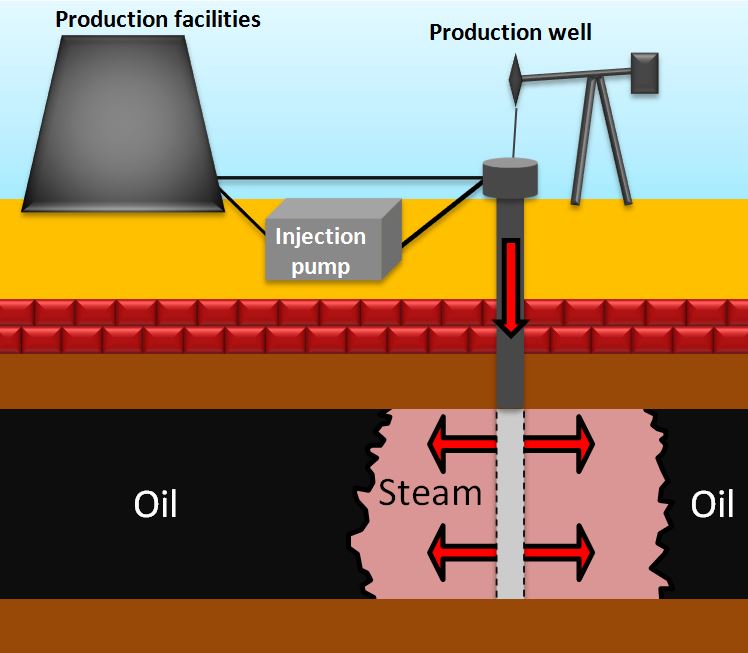Fossil fuel is formed from the remains of what and how long does it take for fossil fuel to form?
Decomposed organisms (plants and animals) that started forming 300 million years ago.
What is a gas that is produced when you burn fossil fuel and comes from decaying and living organisms and volcanoes? It is the most important contributor to human-caused global warming.
Include its formula name.
Carbon Dioxide, CO2
What area would be more damaging when temperature rises?
Antarctica or the Arctics
Antarctica
What type of fossil fuel is made by plants and is used to generate more than half of all the electricity produced?
Coal
Fact: Coal is burned to heat water into steam, which pushes a fan-like object called a turbine. When the turbine spins around, magnets inside the turbine make electricity.

This is a human-made gas that is produced when spraying aerosol products and refrigerants. It damages the ozone layer.
Double the point if you know the entire name.
CFCs; Chlorofluorocarbons
Climates can vary depending the region you live in. Let's say that you live in a town on a mountain. As temperature increases yearly, what will you experience living in this area?
What type of fossil fuel is used for transportation and to make plastics, medicine, and makeup?
Oil (examples: LPG, gasoline, kerosene, jet fuel, and diesel fuel)
Fact: Extracting crude oil normally starts with drilling wells into an underground reservoir.

This gas is released from wetlands, growing rice, raising cattle, using natural gas, and mining coal. It traps a lot of heat and is the second most contributor to human-caused global warming.
Double the point if you know its formula name.
Methane; CH4
What specifically causes coral reefs to lose their ability to grow and have a strong body structure?
carbon dioxide reacts with water to release a lot of excess hydrogen in the ocean, which increases the acidity level/decreases the pH level of the ocean.
1. Limited amount of fossil fuel (oil by 2040, coal by 2200)
2. Pollution
3. Global Warming
This is a gas that is released by bacteria in soil and the ocean can make it. This gas can damage the protective ozone layer.
Double the point if you know its formula name.
Nitrous Oxide; N2O
Polar bears rely on ice as their home for thousands of years and we know that ice in the Arctic Sea is progressively disappearing.
How will things change for the polar bears?
Polar bears rely on ice as a ground to catch preys like fish and seals as well as a place to raise their young. Sine ice is disappearing, they have to find alternative food sources on land and a place to live. Even if they do find food and a place to stay, they may not be able to adapt quickly to the new temperature of their home and food source, which may lead to nutrition deprivation and or death.
List three alternatives for fossil fuels
or
List three ways you can do to reduce the use of fossil fuels
1. solar power
2. wind energy
3. hydropower (water power)
or
1. turn off light when not used
2. use car less/use electric car; bike/skate
3. reuse plastics/purchase less plastics or other product
4. EDUCATE YOUR FRIENDS AND FAMILY
How can Greenhouse Gasses be harmful when there's too much of it? Be specific.
Greenhouse gases are gases in Earth’s atmosphere that trap heat. They let sunlight pass through the atmosphere, but they prevent the heat that the sunlight brings from leaving the atmosphere
What are the four main groups that list the effects of Global Warming?
1. Climate Change/Extreme Weather
2. Rising Sea Level
3. Extinction of Organisms and Problems for Ecosystems
4. Ocean Acidification